Stair treads/risers separated, no access to underside

Related Discussions
How to get rid of mice?
We seem to have some unwelcome Mickeys and Minnies in our house. What is the best way to get rid of them?
How to remove popcorn ceiling with asbestos?
I want to remove my popcorn ceiling, but it has asbestos in it. How do I go about this safely?
How to caulk baseboard gaps?
How do I fill gaps at baseboard, should I caulk? If so, does anyone know how to caulk baseboards?
How to fix squeaky hardwood floors?
How do I fix squeaky hardwood floors?
Tile backsplash when there is existing countertop backsplash
We are thinking about how to add a backsplash to our kitchen. Unfortunately when we had our countertops installed we ordered a small backsplash that comes part way up... See more
Contractor mis-cut the floor when he put in the toilet
Hello, Our contractor didn't "measure twice, cut once" when he put in our toilet. Check out the photo. I'd appreciate any suggestions on a fix or a way to hide this m... See more
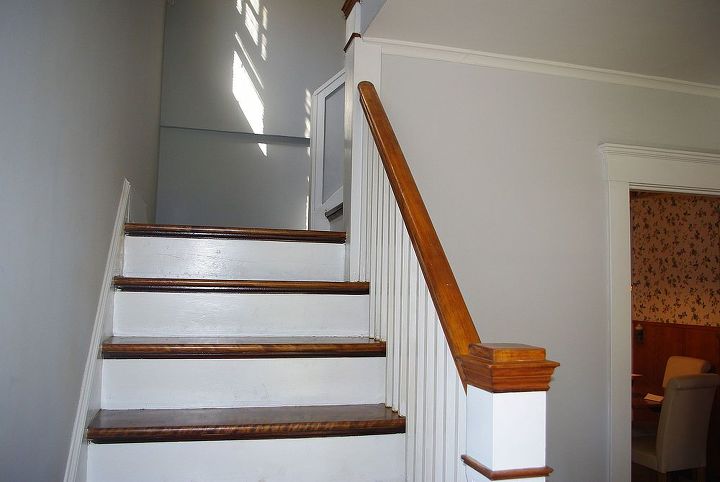

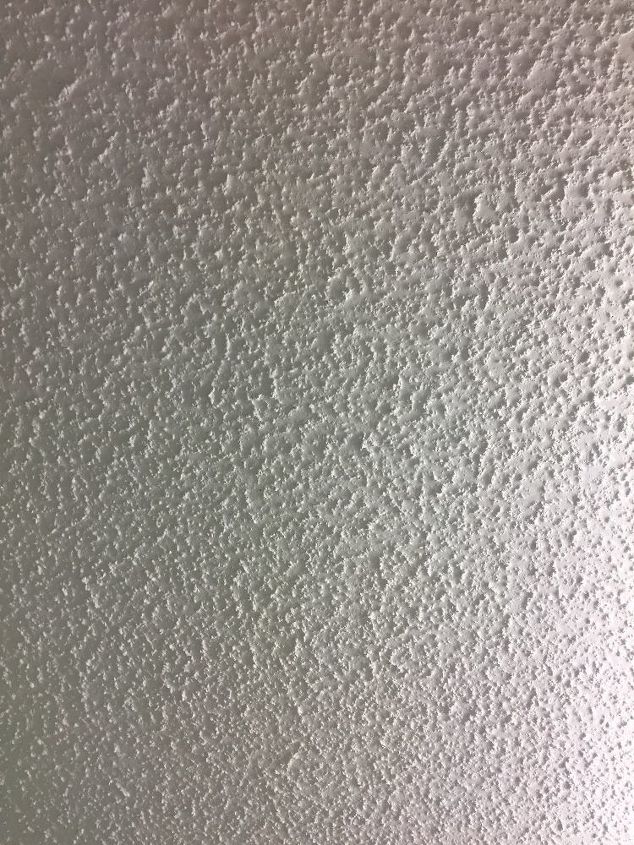
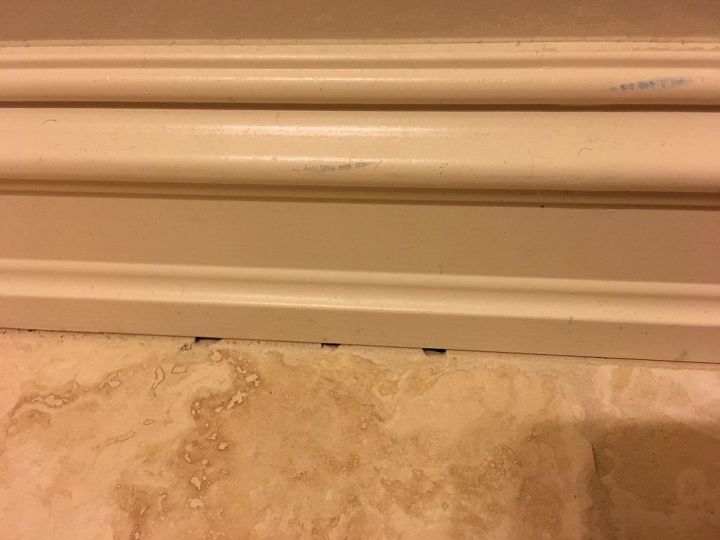
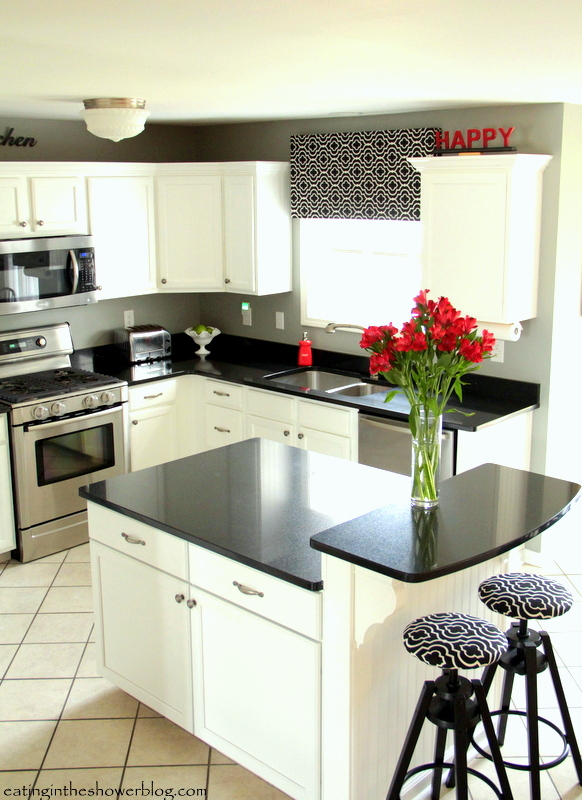
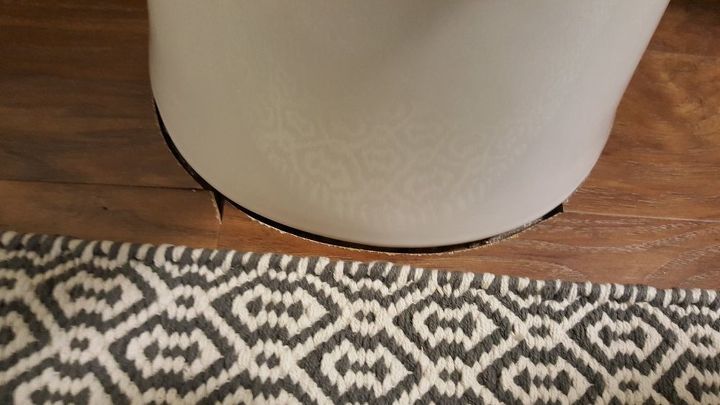
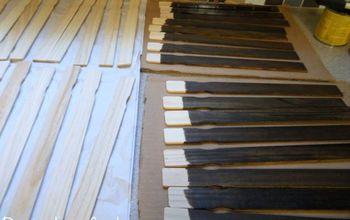
I'm having the same problem. It's not as if you can get behind the stairs to hammer in the staples that have pulled loose. Yes, mine are just stapled. Guess the contractor never intended for the stairs to be exposed and finished. I am putting a strip of cove molding that is stained and varathaned to match the step but there is that one step where the riser is pushed back and I can't figure out how to pull the riser back towards the step to reduce the gap. Or do I just try to cut the staple....it's a dilemma.
I have a similar issue where the bottom of the riser on the top step has been locked in and become detached from the step. It appears to be old damage, but until now was covered up with carpet.
I’m having the floors refinished, and the steps will be stained but the risers painted. Here’s what I’m going to try:
1) drill a small hole in the riser near the bottom. Screw in a metal loop. Now I can pull on the riser with a thin cable (?).
2) apply some glue, pull the riser into place and clamp overnight
3) drive a small finishing nail into the step at an angle to reinforce the glue. Still using the loop and clamp to hold riser in place
4) remove loop, fill hole and paint riser